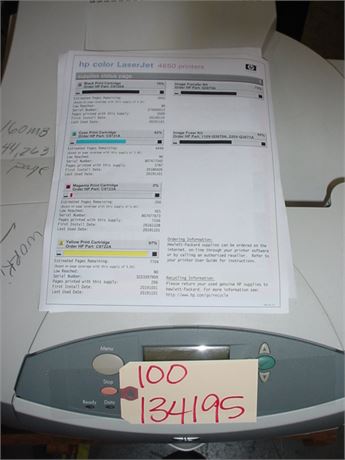
Sudo does not even require a Root password, and it works on the user’s own password. The default policy in Ubuntu can run any command on the system with root privileges. As you know when you install Ubuntu you are asked to create a user account that works as admin on your system, as per the sudo policy. This configuration can be selective to allow only a set of commands as root or make it so the sudo can run without any password. This is the program that allows a user to run all commands as Root by configuration. Sudo is a program that manages access to the commands that are being run as Sudo or normal users. Ubuntu, Ubuntu distributions, and Linux distributions use a mechanism for it that is called Sudo.
UCSD CPLOT PRINT HOW TO
What is Sudo or Sudo commands? Now, do you know how to run commands as Root? We can run commands as Root by adding sudo before commands. Suppose you need to update Ubuntu via the command line this command does not run as a normal user. Why would you need a root user in Ubuntu? Some system-specific tasks do need privileges provided by the Root user. So enable the Root user only if some task gets restricted it is not suggested otherwise. Normal daily tasks and applications do not require a Root user, like, downloading and uploading from the internet, creating and deleting documents, etc.

It is to avoid these accidents in the first place the Root user is locked in Ubuntu. One incorrect command can destroy many files of the system. It gives you complete access over the system hence it requires utmost caution.

The concept is the same as Administrator Root can make any changes to the system, accessing all files, running commands, changing security settings, etc. Just like the Administrator in Windows 10, in Linux, there is always an admin user named Root.


 0 kommentar(er)
0 kommentar(er)
